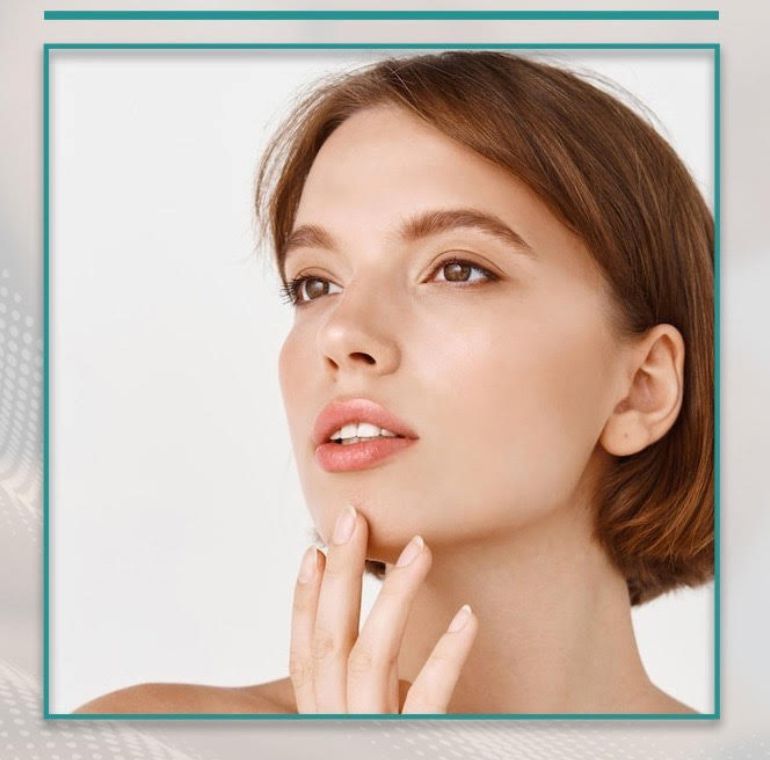Rhinoplasty (Nose Aesthetics)
Rhinoplasty is a surgical procedure performed under general anesthesia to provide a more aesthetically pleasing appearance to individuals who are not satisfied with the shape of their nose.
When Should Rhinoplasty Be Performed?
In addition to correcting structural nasal deformities, rhinoplasty is also preferred to improve nasal functions and provide healthy solutions for individuals experiencing breathing problems. The general goal of the procedure is to enhance both the functionality and appearance of the nose while taking into account facial structure, skin type, and tissue.
Common rhinoplasty requests include:
Eliminating breathing difficulties and related sleep disorders
Reducing the size of the nose
Shortening the length of the nose
Correcting the size and shape of the nostrils
Smoothing out a nasal hump
Fixing asymmetry
Reshaping the nasal tip
Aesthetic rhinoplasty surgeries are mostly performed based on personal preferences. While some individuals are content with having a disproportionate or conventionally unattractive nose, others may seek surgery despite having a normal-looking nose. Ultimately, rhinoplasty is a common procedure performed for both physiological health concerns and personal aesthetic preferences.
Is There an Age Limit for Rhinoplasty?
In children and young individuals whose physical development is ongoing, nasal bone and cartilage growth is not yet complete. Since nasal structures continue to develop, early nasal surgery may lead to facial growth abnormalities or asymmetry in the future. Except in emergency cases such as traffic accidents, burns, or trauma, ideal candidates for rhinoplasty are individuals who have completed their 17th year and are entering their 18th year.
Pre-Rhinoplasty Considerations:
If a person has chronic conditions such as heart disease, diabetes, asthma, hypertension, or thyroid disorders, it is crucial to assess whether their medications could negatively impact the surgery.
If the patient develops illnesses like the flu, cold, or urinary tract infections before surgery, they must consult a doctor, as rhinoplasty should not be performed in the presence of such conditions. If necessary, the procedure may be postponed.
Excessive fatigue, alcohol consumption, or drug use should be avoided before surgery, as these can suppress the immune system.
Certain medications and supplements, such as aspirin, blood thinners, vitamins, GNC or Solgar products, herbal remedies, and green tea, can lead to significant bleeding issues during and after surgery. These should be discontinued at least 15 days before and after surgery.
Patients taking essential medications for diabetes, heart conditions, or thyroid disorders should inform their specialist doctor before surgery.
Birth control pills increase the risk of blood clots in the legs; therefore, their use should be stopped three weeks before rhinoplasty.
Smoking and excess weight pose risks for anesthesia, blood circulation, and wound healing. It is recommended to quit smoking at least 15 days before the surgery and to undergo the procedure after losing excess weight.
Pain, Bruising, and Swelling After Surgery:
Rhinoplasty is not a highly painful procedure. Thanks to advancements in surgical instruments, post-operative pain has been minimized. However, pain tolerance varies among individuals. To reduce discomfort, patients should rest in a semi-upright position for the first few days and avoid excessive bending movements.
During the surgery, blood from fractured bones, cartilage, and soft tissue accumulates in the lower eyelid area, causing temporary bruising and swelling. However, this does not indicate pain. The use of modern surgical tools such as piezo surgery, turbine drills, and motors has significantly reduced swelling and bruising, which typically disappears within a week. Individuals with fair skin may experience slightly more noticeable bruising.
Patients are usually discharged on the same or the following day after surgery. Silicone splints are removed within two to three days, allowing for body showers while keeping the head dry. The nasal splint is removed after ten days, after which patients can resume normal bathing. Subsequent nasal cleanings and routine check-ups are performed by the surgeon.
By the tenth day, patients can return to their daily routines and travel by plane. Until the bruising around the eyes fades, direct sunlight should be avoided, or a hat should be worn. Glasses should not be used for at least 1.5 months.
Post-Rhinoplasty Considerations:
Nasal tampons will be removed after two days.
The nasal splint or cast will remain in place for about ten days. Keep it dry until your doctor removes it.
Prefer soft foods instead of hard foods that require extensive chewing. Other than that, there are no dietary restrictions.
Avoid intense physical activity. Instead of lying down for long periods, spend time sitting or standing upright.
Brush your teeth gently using a soft toothbrush.
Avoid long phone conversations and excessive social activities for about ten days.
You can wash your face but ensure the splint and tapes remain dry.
Take baths without getting the splint and tapes wet. Your hair can be washed by someone else while tilting your head backward, and you can take a body bath in a bathtub.
Avoid excessive facial expressions such as laughing for a week.
Wear button-up or zip-up clothing instead of tight-necked shirts or sweaters that might damage the splint.
Avoid direct sunlight and tanning beds for six weeks.
Swelling and discoloration under the splint may take 2-3 weeks to subside.
Use only the medications prescribed by your doctor.
Avoid wearing sunglasses or regular glasses for 1-2 months. You can wear contact lenses 2-3 days after surgery.
Once the splint and tapes are removed, you can gently clean your nose with soapy water.
You may apply makeup after the splint is removed.
